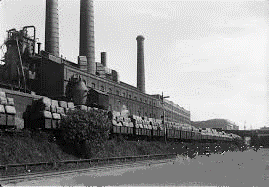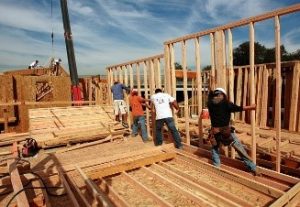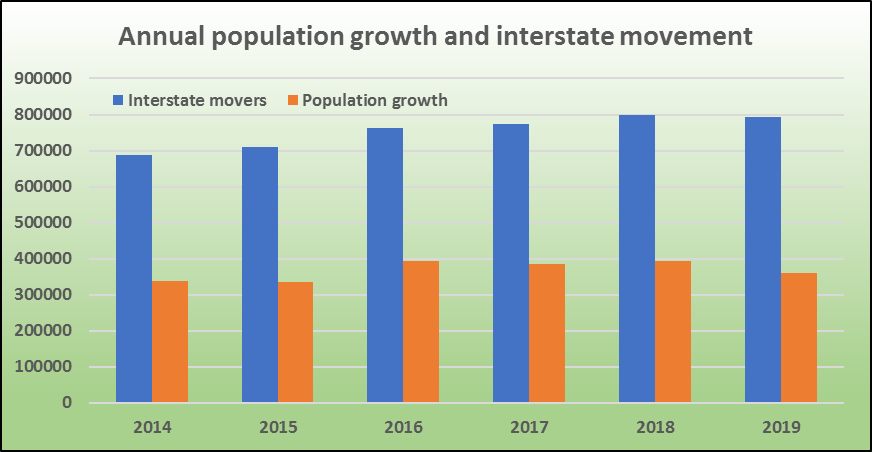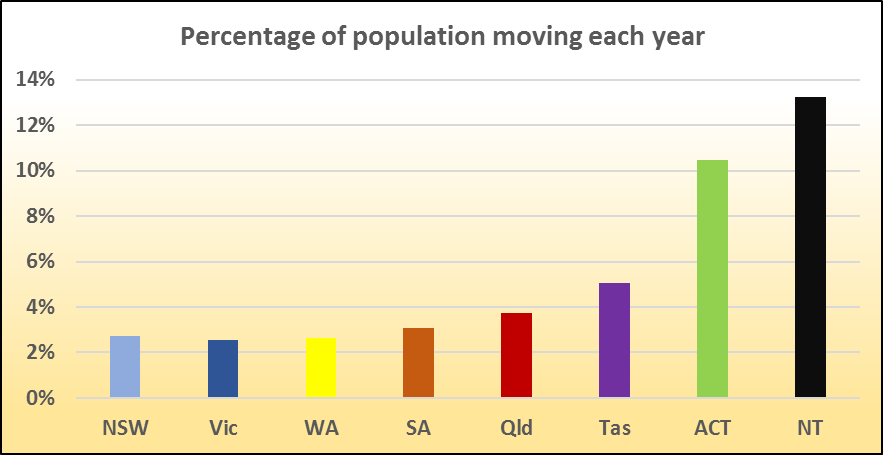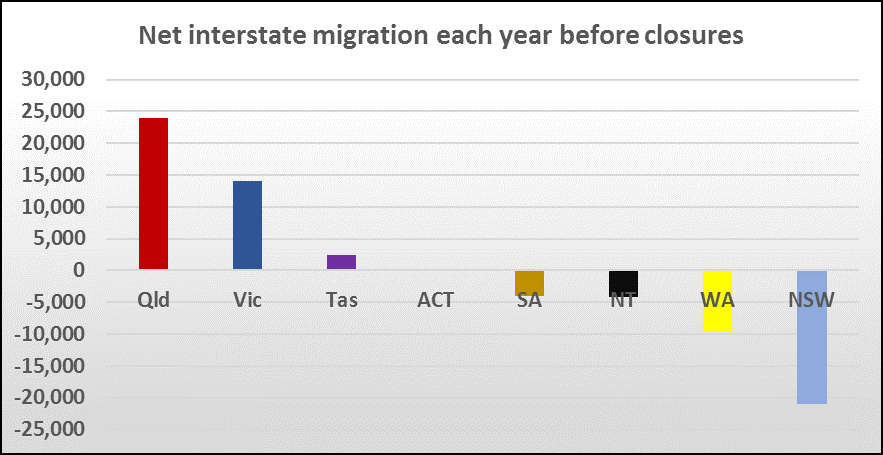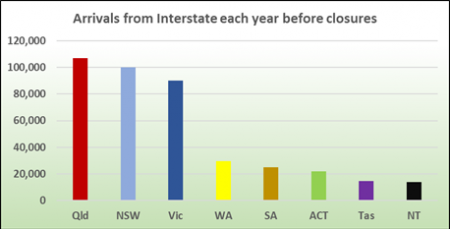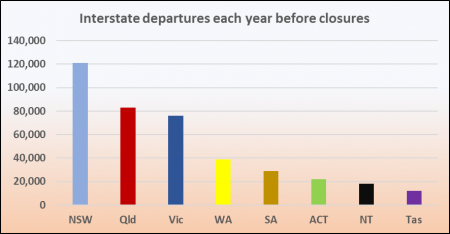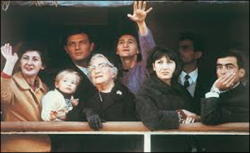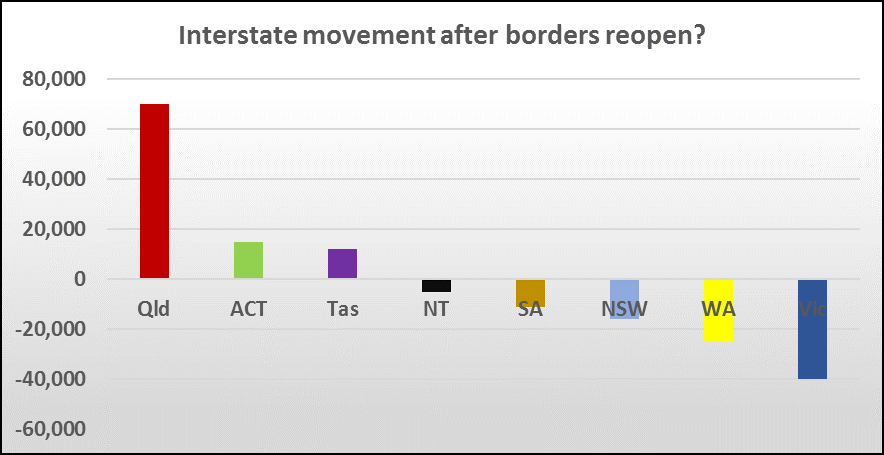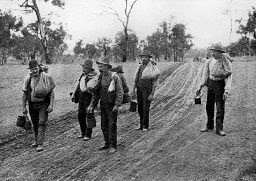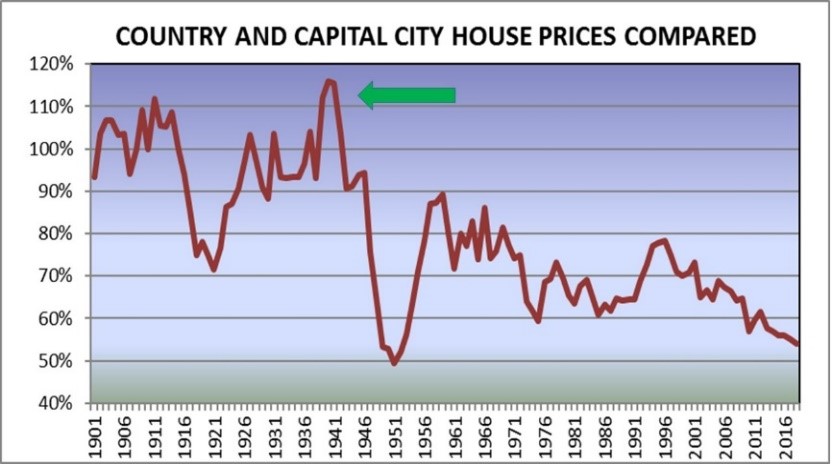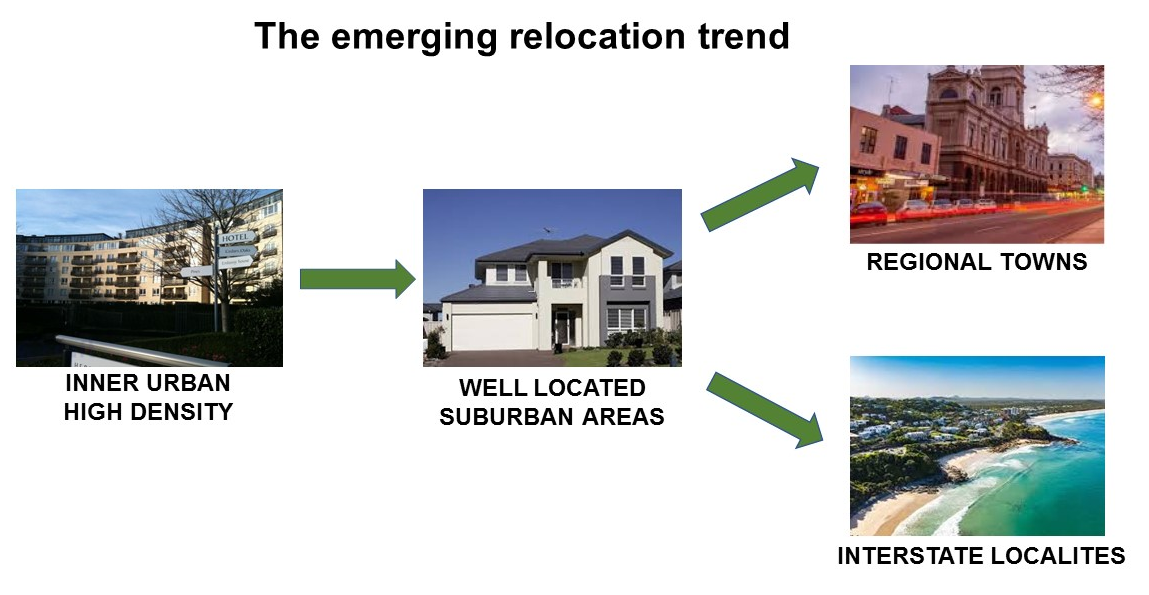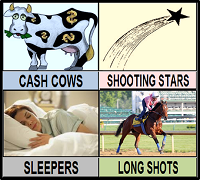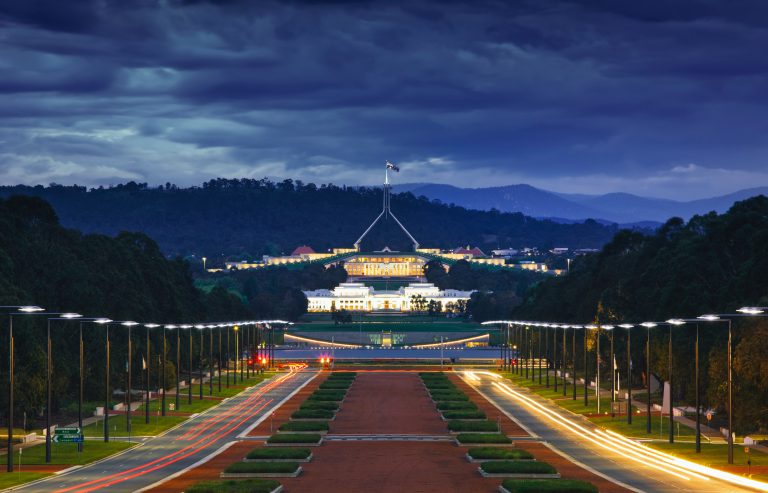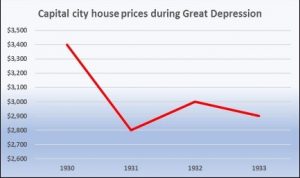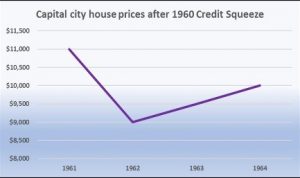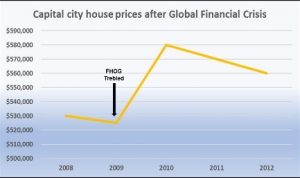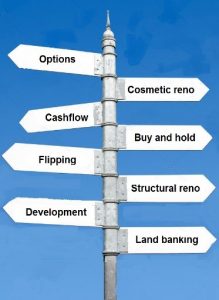The wolves have returned
Whenever confidence returns to our property markets, the wolves in sheep’s clothing come back as well, ready to trap unsuspecting investors.
With many parts of the property market rebounding from their pandemic induced downturns, the wolves have returned, cleverly disguising themselves with incredibly attractive schemes that promise to make you wealthy from property investment.
They shower you with free guides, booklets and toolkits, promoting their fail proof success schemes.
They run free training, intensives, hybrid and virtual livestream events designed to showcase and share their wealth creation secrets from property investing.

Their wealth creation promises are impressive

Their investment schemes may only require a low initial outlay from you but offer high cash flow and wealth from their innovative strategies. Talking up the prospects of the opportunities they have unearthed, they’ll provide you with assurances of rewards, impressive growth forecasts and even some success stories from clients who really cleaned up.
Their motives may at first appear honest and even honourable, so why do I call them wolves in sheep’s clothing?
They are not at all what they appear to be
Their aim is not to show you where and how to get the best results from property investing, but to convince you to invest in property related schemes or projects from which they will receive substantial financial rewards. In other words, they have their own best interests in mind rather than yours.
There is nothing wrong with paying for the sound assistance you may receive from buyers agents, mentors, property strategists or other experts, but there is everything wrong with the wolves who pretend to be working in your best interests, but really have only their own financial welfare in mind.
How to unmask these well disguised wolves
They often won’t reveal the actual details of their get rich plans unless you register for and attend their on-line or in-house training sessions, consultations and workshops. This is because their wealth creation strategies usually require high pressure sales tactics to convince you that they work.
Once they have your complete attention, they’ll try to sign you up to courses, workshops or training programs for schemes such as passive development, rent to buy, land banking, options, even co-living investments or sub-letting rooms.
The wolves talk down the very real financial and legal risks of such strategies while talking up the benefits, but remember if it sounds too good to be true it usually is.
You can easily unmask such wolves in sheep’s clothing by Googling them. Some of them don’t have websites, but operate purely out of social media platforms.
You may even discover that they have been investigated by ASIC or the Department of Fair Trade.

Property discussion forums will also reveal whether the experiences of their past clients have been good, bad or even shocking.
Of course, not everyone is perfect, but by testing their claims of accuracy, reliability and credibility you’ll quickly be able to sniff out those wolves in sheep’s clothing.
